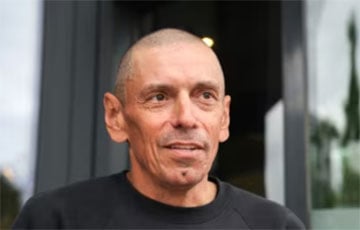Pavel Sukhoi, A Belarusian Who Revolutionized Aircraft Construction, Was Born 130 Years Ago.
11- 22.07.2025, 18:05
- 10,758
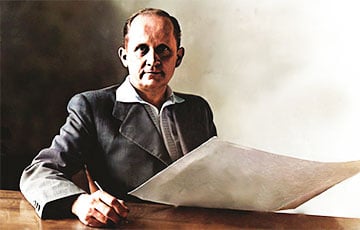
Dramas of life and blows of fate aircraft designer.
130 years ago, on July 22, 1895, the famous aircraft designer Pavel Sukhoi was born. The Belarusian from Gluboky, in Vitebsk region, was one of the founders of Soviet jet and supersonic aviation, an aircraft designer who laid the foundation for the whole family of modern Su aircraft, writes KP.
How Pavel Sukhoi is connected with Belarus: biography, what is known
In Pavel Osipovich's life, who actually lived at work, nevertheless, the family was of greater importance. The very rear, which allowed him to take off, gain altitude and feel confident in overloads. And Pavel Osipovich was lucky to have a family. His father - Osip Andreyevich - came from peasants, was educated in a teacher's seminary and in Pavel's early childhood had already headed a school in Gomel. His mother - Elizaveta Yakovlevna - devoted herself to the family, raising five daughters and a son.
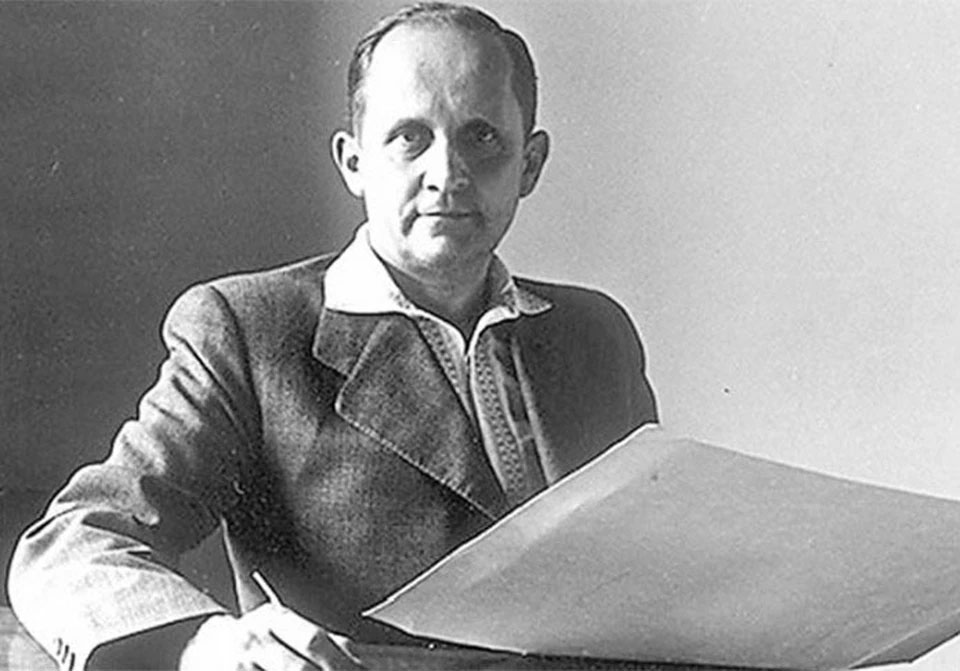
With his family Paul moved to Gomel in early childhood, where in 1914 he graduated with a silver medal from the gymnasium. It was the time of the birth of aviation and the famous pilot Sergei Utochkin made demonstration flights in Gomel. Young Sukhoi was amazed: "I was walking with the guys from the gymnasium, and suddenly an airplane flew over our heads. It was so unexpected and amazing that it took my breath away. Not a bird, but a man flying above us!".
In those happy moments his fate was decided. Having decided to devote himself to aviation, Sukhoi dreamed of studying at the Imperial Moscow Technical School (IMTU). But due to a misunderstanding with the documents, it is not possible to enroll there at once. And he, in order not to waste a year, becomes a student of the Mathematics Department of Moscow University. And the next year he entered IMTU, devoting himself entirely to aviation. There he studies in the Circle of Aeronautics at the father of Russian aviation Nikolai Zhukovsky. He builds his first gliders and model airplanes.
But the First World War comes and 20-year-old Pavel Sukhoi is drafted into the army. He was trained at the school of warrant officers and was sent to the artillery. At the front, he becomes even more convinced of how the army can benefit from the further development of aviation.
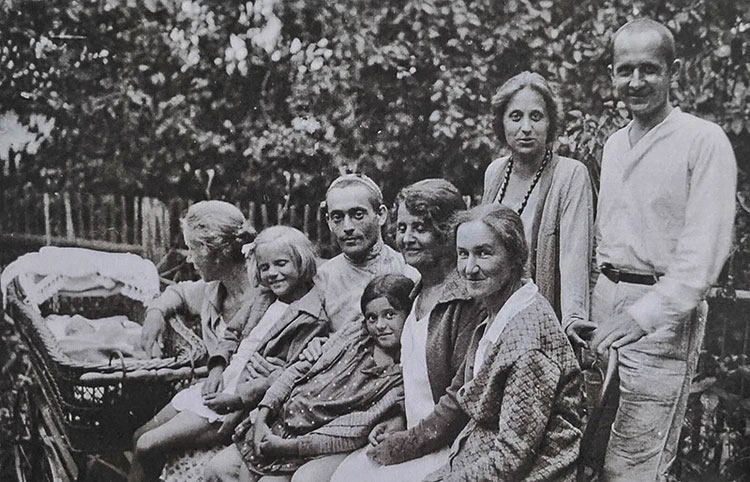
But his fate takes another turn. The war is over, and after the October Revolution IMTU was closed. Pavel returns to his native land, only already in the town of Luninets in the Belarusian Polesie, where he works in a school as a math teacher.
As it turns out, it was not a step back, but a turn that will create a reliable family support for him. In Luninets he met the love of his life - Sophia Tenchinskaya. Sophia Feliksovna recalled: "One evening I was returning from school. I was overtaken by a stranger in a military overcoat, repainted in black, on his head he wore a small cap "kerenka". I then noticed the stranger's large, very expressive eyes and funny "cavalry" gait. Two days later this man appeared at our school and began to teach math. I gave French lessons in this school...".
In 1919, Paul and Sophia left the city because of the advance of the Polish army and moved to Gomel. Here they began to teach at the school, which was headed by Sukhoi's father.
Lidia Kuzmina in the book "General Designer Pavel Sukhoi" writes that the time was difficult, they lived in poverty: "For the teachers of the railway school kept free travel on the railroads. Pavel took advantage of this and went to the village to get food for his family. But he was unlucky - on the road he fell ill with typhus. He barely got to Gomel alive and was hospitalized. He only recovered - he was struck down by scarlet fever. It gave a complication on the throat, after which Paul lost his voice.
After the disease Paul's voice became muffled, and at the end of his life - hoarse. It is believed that this is why he spoke little and was known as a "silent man".
Pavel Sukhoi: family
In 1920, finally opened his university, which is no longer imperial, but simply the Moscow Higher Technical School. To Moscow he went alone. Sophia, with whom they were not yet married, stayed in Gomel. But fate wanted Sophia to come to Moscow to help raise her widowed sister's children. In 1923, Paul and Sophia accidentally met in the street and never parted again.
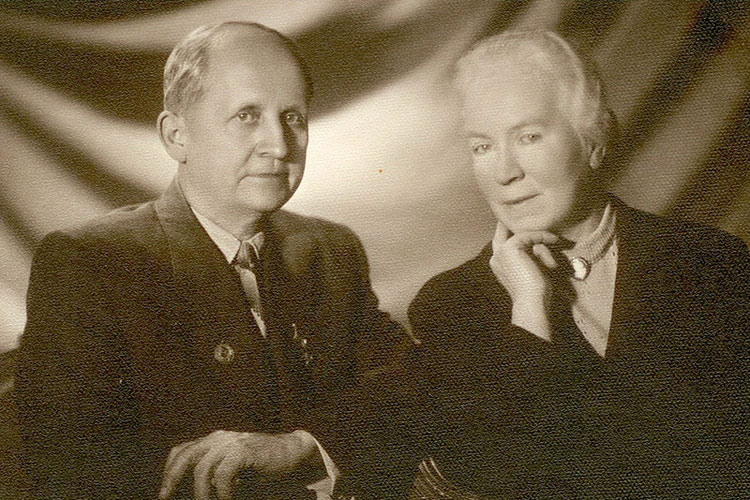
After marriage, the young lived in a small room Sophia Feliksovna. In 1925 they had a daughter Irina. And in 1932, the family was enriched with a son Dmitry.
Gains height and his professional activities. In 1925 Pavel graduated from the university, having defended his diploma project "Single-seat fighter with a 300 horsepower engine". The work was supervised by aircraft designer Andrei Tupolev. After receiving a diploma of higher education, Sukhoi began working as a design engineer in the design department of AGOS ("Aviation, Hydroaviation, Experimental Construction") of the Central Aerohydrodynamic Institute (TsAGI).
"Pavel Osipovich was very fond of children - daughter Irina and son Dmitry, his nephews, and then granddaughters - we read in Kuzmina's book. - He constantly took care of his older sister's children, who remained orphans after the Civil War. Despite his outward severity, the children reciprocated him".
Summer, when there was an opportunity to rest, the family went to his homeland, in Gomel. There they were warmly welcomed by their parents.
Pavel Sukhoi: achievements, airplanes
And in Moscow, engineer-designer Sukhoi participated in the development of the first Soviet fighters, including the I-4, I-14, and also ANT-25, on which Valery Chkalov's crew made the first non-stop flight from Moscow to the American Portland via the North Pole.
Pavel Osipovich gradually gained weight among aircraft designers, and in 1930 he was already the deputy chief designer of Andrei Tupolev, headed Brigade No. 4, getting the opportunity to independently lead the development and construction of aircraft. Thus, the foundation for the team of the future aviation design bureau was laid.
In the following years he would be chief designer and director of aircraft factories in various cities of the USSR: Moscow, Kharkov, Perm.... In 1940, the Su-2 was put into serial production, which was used in the battles of the Great Patriotic War as an attack aircraft and short-range bomber. During the war, various types of Su aircraft were developed.
But the star stage of aviation designer Pavel Sukhoi's life would come after the war. In 1953 he became the chief and since 1956 the general designer of TsAGI. The design bureau under Sukhoi's leadership developed experimental and serial combat vehicles: fighters, bombers, attack aircraft. In 1957, he was awarded the title of Hero of Socialist Labor, and in 1965 he received a second "Star".
Each of the "Sukhoi" is unique, but there are some aircraft that are of special pride, for example, the Su-27 supersonic heavy fighter of the fourth generation. It first flew in the air in 1977 and was taken out of production only in 2010.
"A large number of modifications have been developed on its basis: the Su-27UB combat trainer, the Su-33 deck fighter and its Su-33UB combat trainer model, the Su-30, Su-27M, Su-35 multirole fighters (equipped with a thrust vector control system that allows the engine thrust direction to be changed, ensuring higher maneuverability), the Su-34 front-line bomber and others," TASS writes.
Under the leadership of Pavel Sukhoi more than 50 aircraft designs were developed.
Colleagues told that being serious at work, Pavel Osipovich relaxed only at home, in the family. Granddaughter Maria recalled that her grandfather did not talk about work matters at home. By the way, it is said that in 1961 Sukhoi went to the famous Le Bourget air show in France, and there Coco Chanel gave his wife Sophia Felixovna perfume Chanel No. 5 as a souvenir.
Pavel Sukhoi died on September 15, 1975 at the age of 80.
"All general aircraft designers are undoubtedly highly educated people, and Pavel Osipovich Sukhoi was still above all of us in science, although he did not have the title of academician. I would not be deviating from the truth if I called Pavel Osipovich the quintessence of our aviation," the outstanding aircraft designer Oleg Antonov said about Sukhoi.










